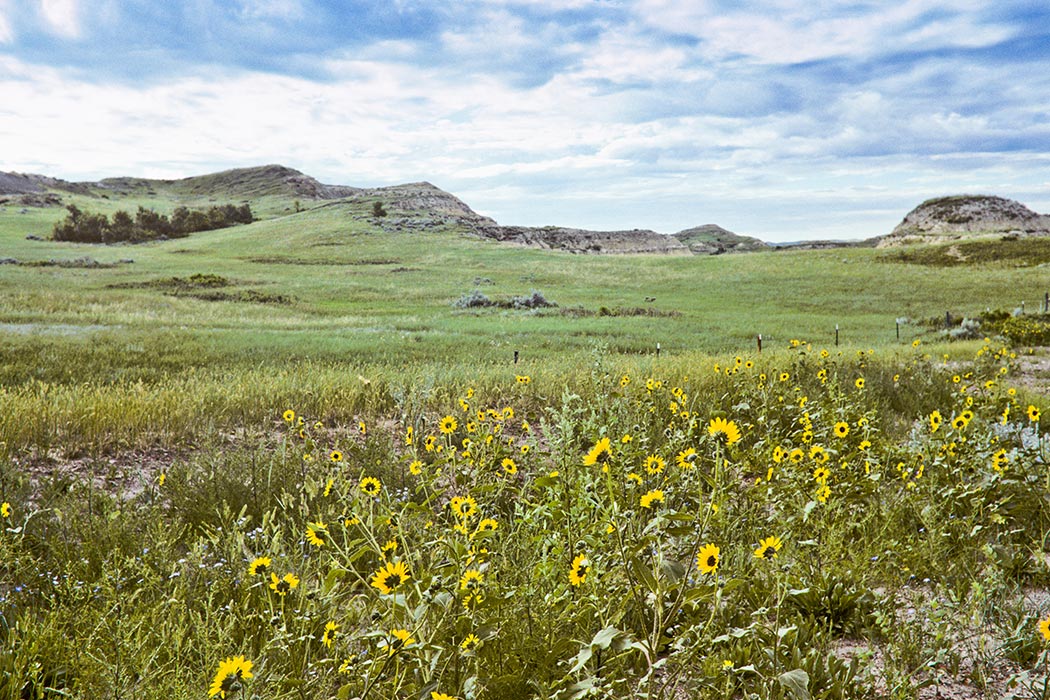The New York Times Magazine recently ran an eye-popping photo feature on copper mines. The photos reveal the astonishing scale of change that mining can bring to a landscape.
Even long after mines have completed their useful lives, they can have a dramatic effect on the places where they were. In a 1990 paper for Geographical Review, Timothy S. Brothers looks at the way that the history of coal mining in the Midwest has changed the landscape—even in places where you might not know there had ever been a mine.
Starting in the 1920s, Brothers writes, technological improvements and lower costs made surface mining a more attractive technique than underground mining in Illinois, Indiana, and Kentucky coal country. Mining companies tore up large swaths of prairie to extract seams of coal that ran just below the Earth’s surface.
In the 1930s, industry associations began supervising the reclamation of mined land. At first, this was all about planting forests, partly because state forestry departments were willing to provide trees from state forest nurseries at low cost. But, starting in the 1940s, reclamation shifted to grassland planting.
Planting grass at the mining sites was relatively easy. Airplanes could simply drop seeds as they flew overhead. It made sense economically, too—grazing livestock offered a faster return than logging, and it was simple to convert grassland for other uses. Industry groups and governmental agencies pointed to land reclamation as a way to produce pasture and hay fields while also stabilizing mine spoils to stop erosion.
The new grasslands that were planted might look, at a glance, like the prairies that came before them. But Brothers writes that they’re actually much different. Instead of native grasses, they’re made up of European and Asian species. That’s partly because the plants were chosen for their ability to survive the acidic, nutrient poor, dry conditions that the mines left behind. Also, the seeds that got planted were the ones that were available at commercial seed houses catering to farmers. Native prairie species had for the most part not been domesticated, so their seeds were unavailable or very expensive.
Ultimately, Brothers writes, the grassland planted at the old mining sites wasn’t really great pasture. Tall fescue, one of the most commonly planted species, turned out to harbor a fungus that is toxic to cattle. Meanwhile, as the grasses continued to be planted in the 1970s and ‘80s, the Midwestern livestock industry declined.
Turning the land over for agricultural uses is tricky because of the low quality soil, Brothers writes. The best solution for the land might be transformation back into prairie, replacing habitats that have been destroyed by development, but it’s unclear whether native species will be able to reestablish themselves.
The continuing question of what to do with sites that were reclaimed decades ago shows just how dramatic mining is, even without stunning photos.







